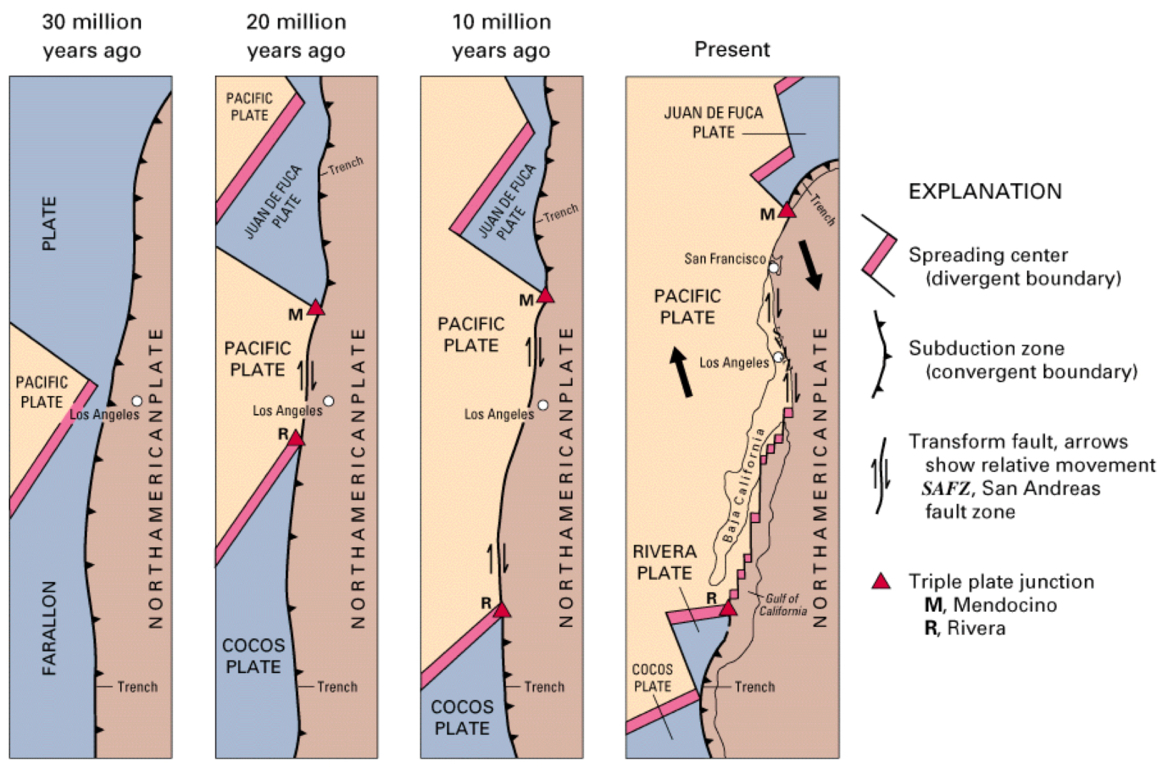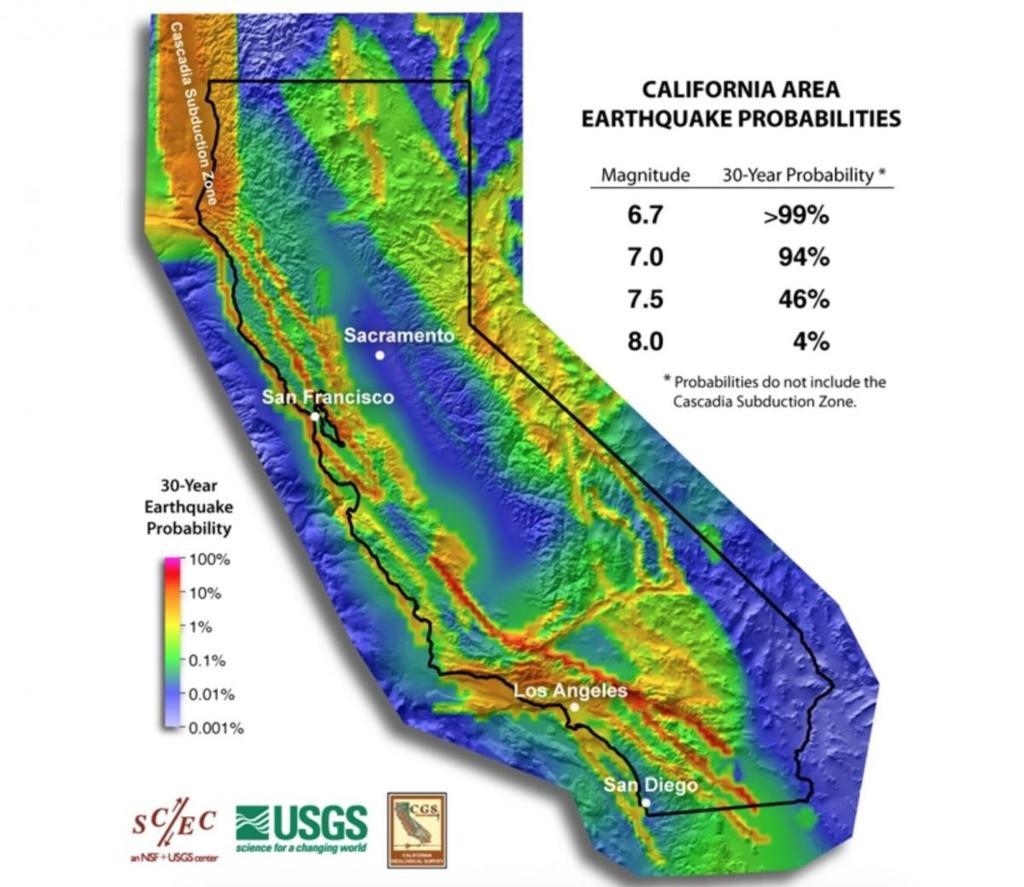
Earthquakes are inevitable, disaster is not. Should India not learn preparedness from Californians?
by Yash Saboo October 4 2017, 2:51 pm Estimated Reading Time: 2 mins, 52 secsIn the National Earthquake Conference that happened in May 2016 at the Hilton Long Beach, California, Tom Jordan, the director of the Southern California Earthquake Center told a roomful of seismologists that the infamous San Andreas fault is “locked, loaded, and ready to roll”. The San Andreas Fault is a continental transform fault that extends roughly 1,200 kilometres (750 miles) through California. It forms the tectonic boundary between the Pacific Plate and the North American Plate, and its motion is right-lateral strike-slip.

Beneath California, the Pacific and North American tectonic plates are moving northward – although the former is moving quicker leading to a build-up of tension. A powerful earthquake in 1857 released some of this pressure, followed by magnitude 6.9 Loma Prieta earthquake in 1989 which led to over $6 billion in damage. A lot more needs to be released as the previous ones were ‘little’ quakes, geologically speaking. Robert Graves, a research geophysicist at the US Geological Survey (USGS), suggests the Big One could be overdue by ten years.
The fault line is actively on the move. A study published in 2006 in the journal Nature found that the San Andreas fault has reached a sufficient stress level for an earthquake of magnitude greater than 7.0 magnitude scale to occur now. According to Bolton, whenever alarming new earthquake data like this comes out, the media is pretty eager to spread earthquake anxiety.

Studies also found that the risk of a large earthquake may be increasing more rapidly than scientists had previously believed. Moreover, the risk is currently concentrated on the southern section of the fault, i.e. the region around Los Angeles, because massive earthquakes have occurred relatively recently on the central (1857) and northern (1906) segments of the fault, while the southern section has not seen any similar rupture for at least 300 years.
We cannot prevent the mishappenings, nor can we predict it. The only solution for this is spreading awareness, which can be done by education so that people know the basics of disaster management and be prepared for it. This can be done through thorough planning. Even though a functional warning system isn’t here yet, Bolton says it’s simple enough to stay safe as long as you have made a plan. Sure, the big one is coming soon enough, but she quotes her colleague Lucy Jones, a recently retired USGS seismologist, saying that, “The earthquake is inevitable, but the disaster isn’t.”
Many institutions teach earthquake preparedness through drills. For those staying at home, it's simpler. "Get underneath a sturdy table, or butt right up against the edge of a bed on the floor", says Bolton. He also wants people to prepare an earthquake emergency kit which should have water, survival food, canned goods and a first aid kit which will help one to be prepared at a personal level, and be self-sufficient.
The next thing to do is get your house checked. Perhaps acquire an earthquake insurance to keep your property safe after the disaster. Californians should soon have access to an early warning earthquake detection system that could buy them precious seconds (and up to a minute and a half) to protect themselves. The United States Geological System (USGS) is testing its own program, Shake Alert. Though still in the experimental phase, Shake Alert is being beta tested among select users as part of a White House plan for earthquake resilience, and things are looking promising so far.




-173X130.jpg)
-173X130.jpg)

-173X130.jpg)
-173X130.jpg)


-173X130.jpg)